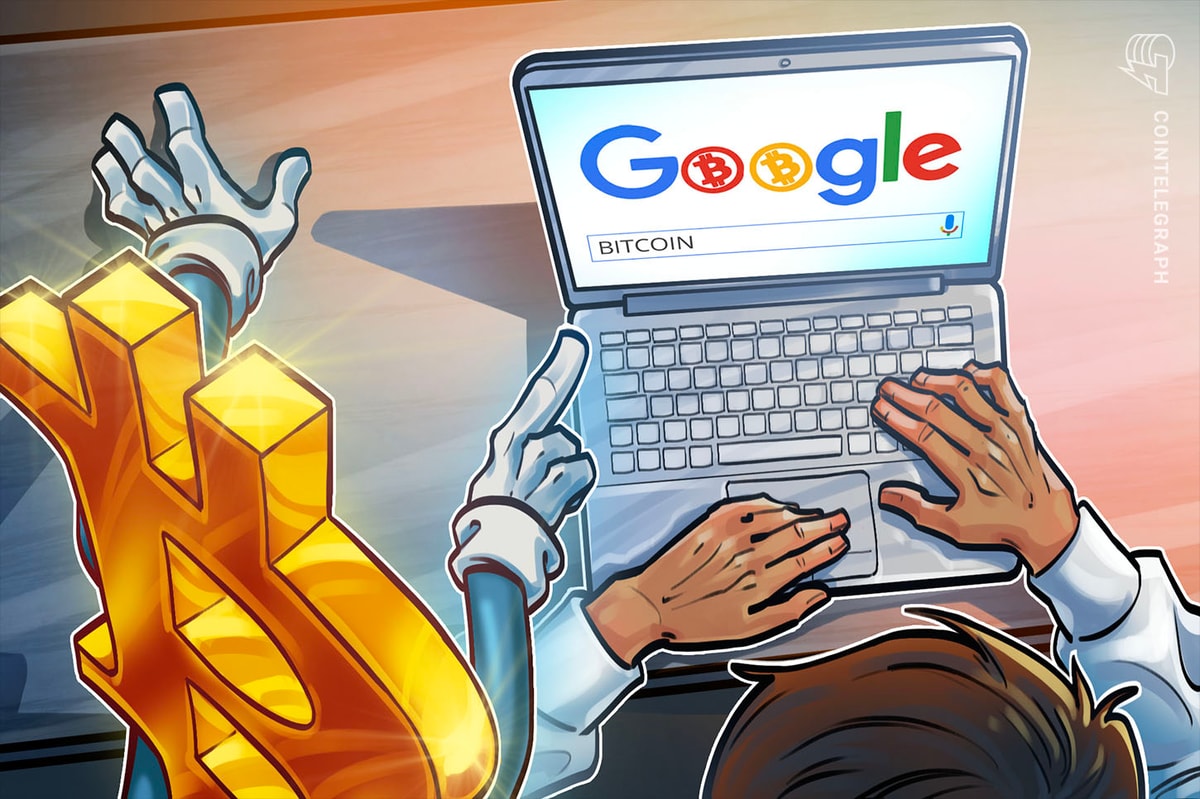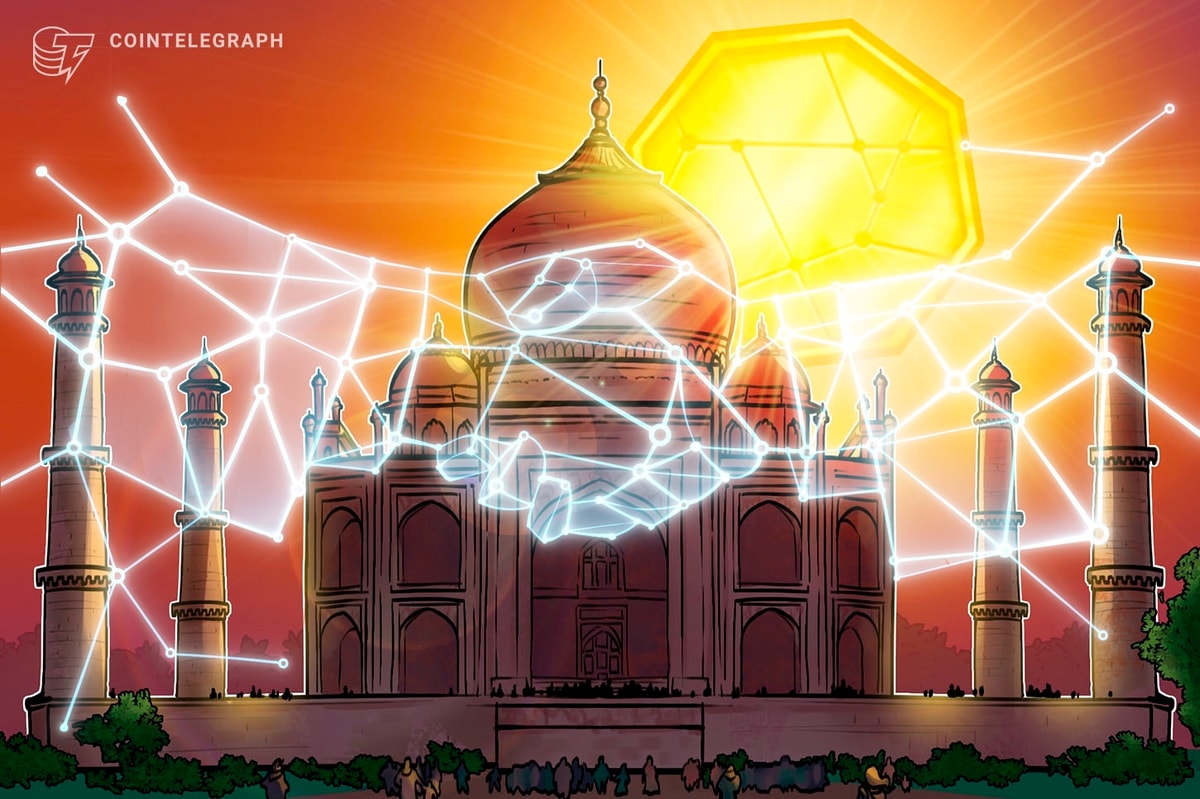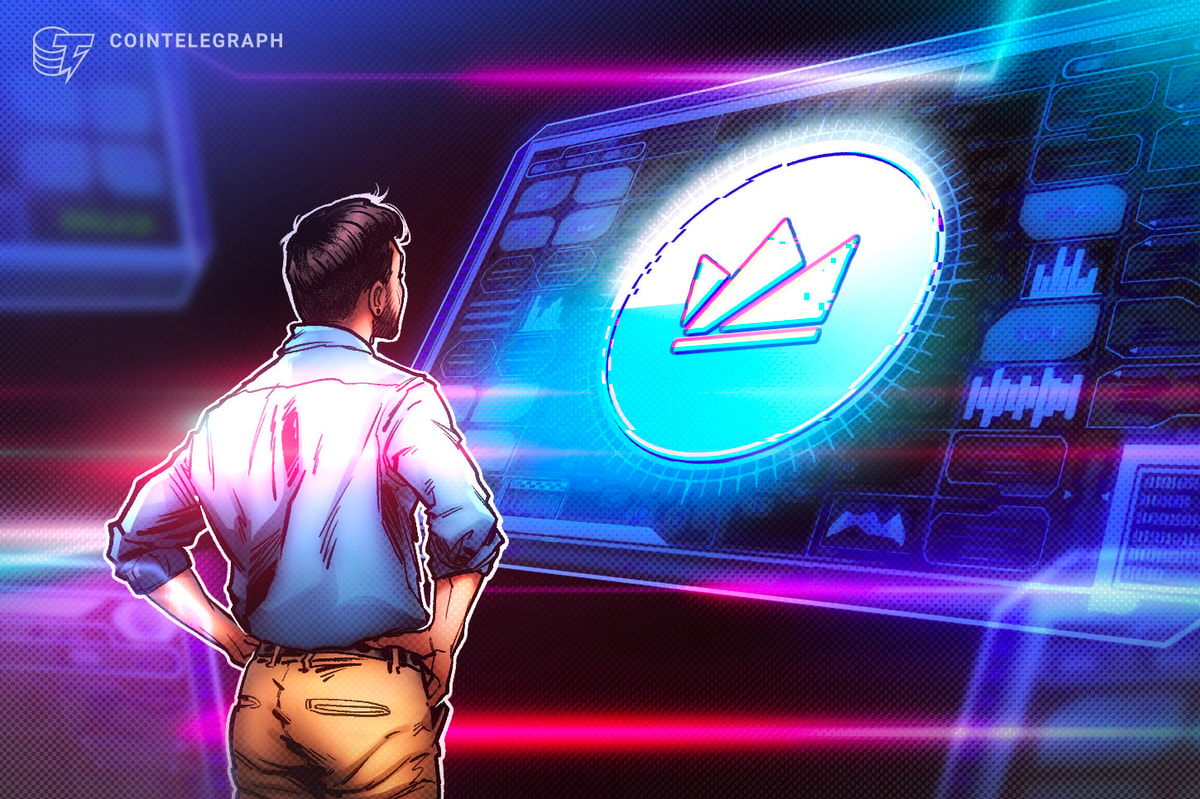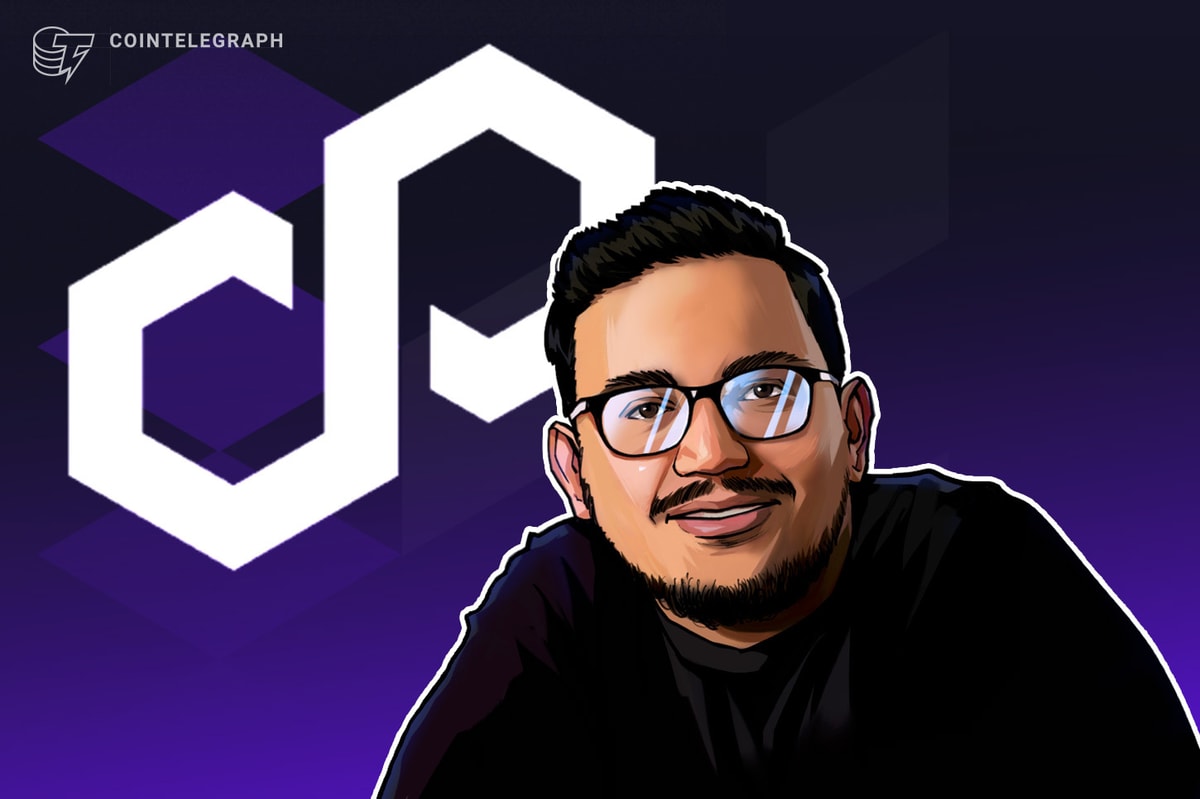
While in Amsterdam during my vacation in Holland, I did not miss the opportunity to visit almost every local Bitcoin-friendly business participating in the Bitstraat program in the city.
Unfortunately, I was underwhelmed—not by the number of participants, which currently totals one or two dozen, but by the problems I encountered when trying to pay for my purchases with bitcoin.
First, the staff at many places, including the cafe that hosts the Bitcoin embassy itself, were not on-boarded when it comes to using the POS terminals. Understandably, personnel frequently changes and many new staff members have never even heard of digital currency, let alone knowing how to operate the tablets given out to merchants (the first 100 were free) by BitPay as part of the program. One time, I even had to demonstrate, to their amazement, just how easy it was (for me at least) to bring up the QR-code via Bitkassa’s interface.
Second, the infrastructure still is not where it should be. For example, the two-way Bitcoin ATM at Cafe Kobalt only worked once out of the four times I visited. Initially, the touch screen was nonresponsive and a day later, after it was fixed, the machine ran out of cash immediately after my first successful attempt, and charged 5% commission at that. Additionally, the android POS tablets were ostensibly of inferior quality and did not work on two occasions and two different locations, forcing me to pay with cash. Thus, the technology itself, while copacetic perhaps for the tech-savvy user when operational, it is nowhere ready for the mainstream.
 |  |
—The problematic 2-way BTM at Cafe Kobalt (left); 1-way BTM at the Bitcoin Embassy (right)
And finally, one business told me that they did not accept bitcoin anymore, even though they were listed on the Bitstraat map, while a couple of others had to verify whether it was possible, giving me a positive answer only after I told them that they will only get my business if they accepted my bitcoins.
I was not entirely surprised, and I even understood, since the technology is still in its infancy. Moreover, developed countries like the Netherlands have an efficient system where debit cards work well for nearly everyone, and most of the population is ‘banked’ and holds their own bank accounts. You don’t hear many people complaining about the difficulty of using debit cards in Holland (though some merchants that I talked to do agree that the credit card fees are a serious disadvantage by comparison).
An additional payment option using some “obscure virtual money” is probably not a pressing need for the average person unless they know the ins-and-outs of the world’s financial system, how money is created, and they understand the true value of Bitcoin with a capital ‘B,’ like Amsterdam Bitcoin Embassy founder and ambassador, Marek Skonieczny.
 |  |
—Bitcoin POS terminals at Mensocks (left) and Hofje van Wijs Cafe (right)
Bitcoin and the ‘Other 6 Billion’
Many people forget that besides the advantage of being an alternative to the sputtering global financial system, the real potential for the technology may lie beyond the First World. Marek also operates a website called bitcoinclix.com, which introduces people to the cryptocurrency and rewards users in Bitcoin for clicking on ads and links online.
Last year in April, he received an email that stated:
“Hello sir, I clicked all the ads on your website, can you pay me my bitcoin, I want to buy a sandwich.”
The user with an IP address from India apparently registered the same day, clicked the ads and was set to receive about 25,000 satoshis. Not giving it much thought, Marek sent the unknown user the promised reward, after which he received three similar emails the next morning from the same IP address.
Then, after repeating the process, he received 120 more emails within three weeks. Looking further into the matter, Marek found out via the IP that the emails came from a school in India. He called and got in contact with the English teacher who recognized him when he mentioned the word Bitcoin. “You are the Bitcoin man! Mr. Bitcoin!” she said in excitement.
The mysterious users were actually students from a school in Bangalore who were earning virtual currency to buy food: hamburgers for US$0.12 cents each (calculated from the price in rupees) and sandwiches (for US$0.06-7 cents each). “So practically he would be able to buy a hamburger and two sandwiches for these 25,000 satoshis,” explained Marek.
After Marek enquired further, the teacher explained that “it was very good” and that he “shouldn’t stop,” adding:
“They are kids, they’re about 9 years old and for the first five weeks they were only buying hamburgers. But now they have a secret project.”
Apparently, the kids in India needed just one day to figure out how to use the website and then change bitcoins into their local currency. “You have to realize what you are doing,” she explained. “You are sending them 25 cents, while their parents work in a factory and they make one dollar per day.”
These parents would normally never give their kids a quarter of their meager daily wage for a sandwich. “And then in fifteen minutes, this kid could make one quarter of what his father is earning,” exclaimed Marek, “and this is opening up new opportunities so that is the most exciting part for me.”
Listening to Marek’s story, I became even more certain that the greatest potential for Bitcoin lies in what it can do for developing nations such as India, where the majority of the population has no access to banking services and survives on a dollar per day. Bitcoin, much like the Internet, is border-agnostic. It has the potential to incorporate “the other 6 billion,” as Andreas Antonopoulos put it in one of his speeches, into the global economy, opening a vast number of economic opportunities.
Conclusion
Surrounded by the noise and rumblings of naysayers, speculators and opportunists, the progression of Bitcoin, much like any other innovation, will certainly take time. And amid the endless scandals and debates about the cryptocurrency’s inherent value, price and other “First World problems,” many still choose to ignore its more important application as “the great equalizer” for the rest of the developing world.
Marek added that his next goal is to design a website that will send money abroad directly. He explained:
“If you think about it, it’s incredible. […] I made 3,000 transactions at 25 cents a piece to India and I spent in total 50 dollars [for transfer fees]. And with this, 120 kids could have a normal life for just 50 dollars and I don’t need to [have] any kind of organization in between. It was not possible before. This is what I think is the most beautiful part of Bitcoin.”
“How many Leonardo Da Vincis will be born now because they weren’t discovered before or didn’t have the chance to be discovered?” he added. “Before, they had to work in a factory to support the family, where now they have a choice.”
Bitcoin is understandably progressing slowly as a currency. It is still limited to a few enthusiasts in developed countries like the Netherlands. Meanwhile, people in other nations, especially the younger tech-inclined populations, are starting to recognize and use the technology as a tool to not only solve real problems and improve their own lives, but also to plant the seeds for a truly interconnected and more inclusive global economy.
Update (20.01.2014):
In place of the bitcoinclix.com website mentioned in the article above, kids will have the chance to collect 25,000 satoshi for every 15 minutes they learn about cryptocurrencies on the online resource www.bitsforkids.academy (currently under development). Marek has confirmed that it will be his next project after the Bitcoin Embassy in Amsterdam. In addition, he has registered the domain www.satoshischool.com, which will be the main organization that will develop various types of learning projects for children. In the meantime, you can support his projects at his website www.bitcoinaid.org where you can earn or donate bitcoins.

—Marek Skonieczny
Did you enjoy this article? You may also be interested in reading these ones:











